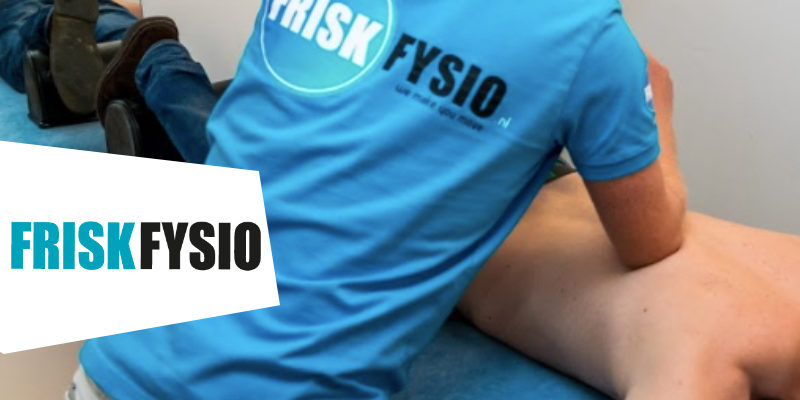We as back specialists cannot say it often enough, but adopting correct posture is very important to back pain prevent. More and more often, we see people coming into the practice who suffer from back problems when sitting, standing or lying down for long periods of time. This, while these complaints can often be easily prevented by adopting the right posture. But what exactly is 'good posture'? In this blog, we take a closer look at postural syndrome and how to prevent it.
What is postural syndrome?
You speak of a postural syndrome when too much stress is exerted on the normal structures, in other words a 'wrong posture'. There is no damage here but the spine is simply stressed too much and for too long. You can think of someone who sits hunched over a computer all day. Gradually, you will feel a nagging pain because the lower back is in a maximally flexed position. The neck is bent forward in this position. As a result, you also get pain in both the back and the neck.
Symptoms of postural syndrome
People with postural syndrome have a normal spine that does not otherwise hurt. The symptoms are present only when an incorrect posture is held for too long. The pain is usually a nagging but not severe pain in the back. This pain can often be reduced by moving or sitting differently. This takes the tension off the joints, reducing the pain.
Good posture to prevent postural syndrome
You speak of good posture when the tension on the joints of the spine is minimal. This prevents pain in the neck and back. The general rule is: 'A straight line from the ear to the shoulder to the hip'.
Here are some tips:
- Correct sitting posture: The seat should rest against the backrest. The shoulders are bent back slightly and the chin is bent down slightly. The best height of the chair is when the hips and knees are at a 90-degree angle. Also, don't stay seated for too long, but walk a bit or stand for a while every now and then. In any case, try to keep the back moving.
- Stand: This can be tested by standing against the wall. You are standing properly when the heels, buttocks, shoulders and back of the head touch the wall. The lower back should be in a slight arch.
- Lying: A prone position is not recommended as it puts high tension on the neck. When supine, make sure the pillow also supports the neck. When lying on your side, also try to lie straight, not in a foetal position.
Treatment for postural syndrome
Most people who suffer from this do not experience pain when they adopt good posture. Often, postural correction is all you need to remedy this problem. Using exercise therapy and counselling, we can help you achieve optimal posture. The body is trained to adopt good posture during daily activities. Stretching and strength exercises can also help strengthen the spine.
Could you use help adopting good posture?
Then take contact on with our practice. Our back specialists are at your service.






